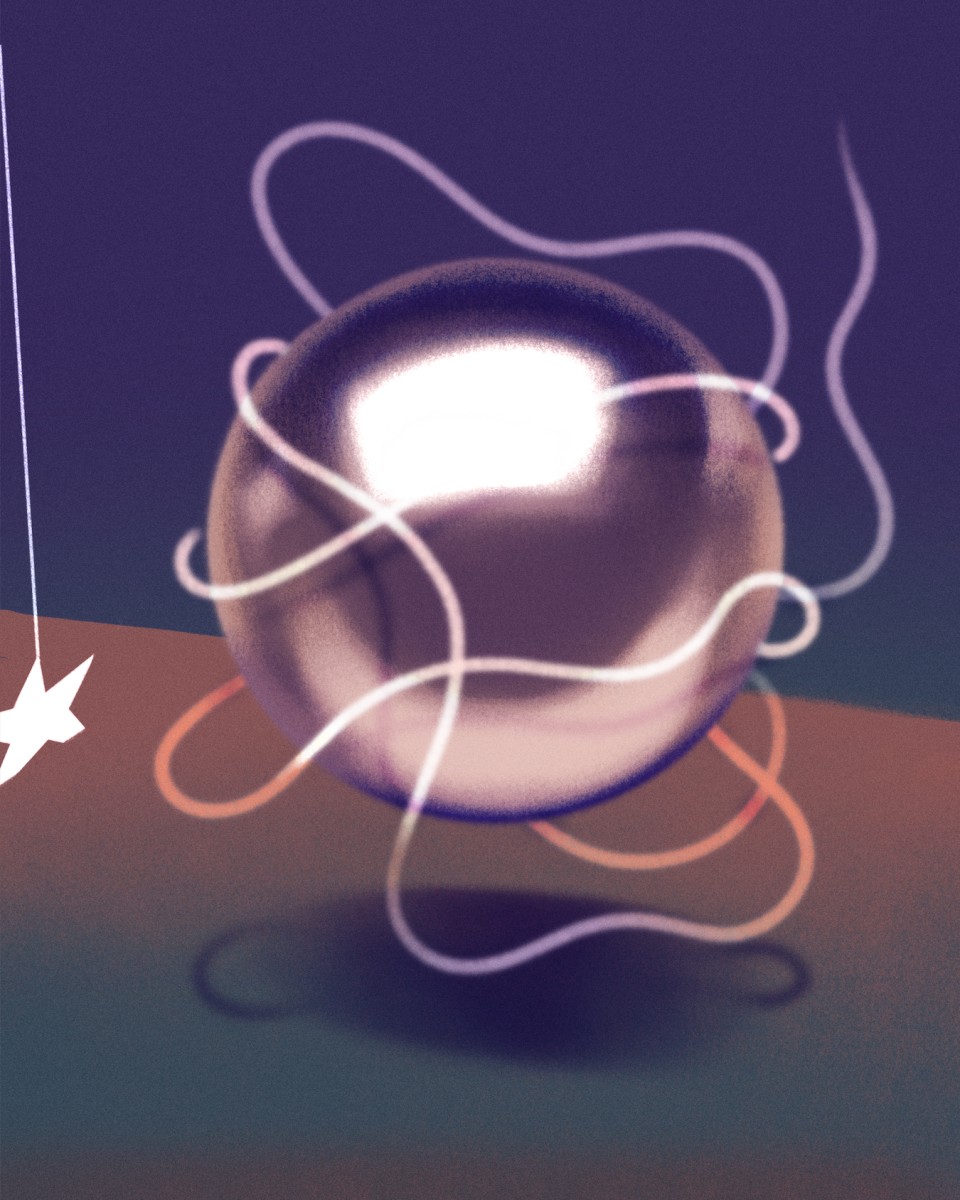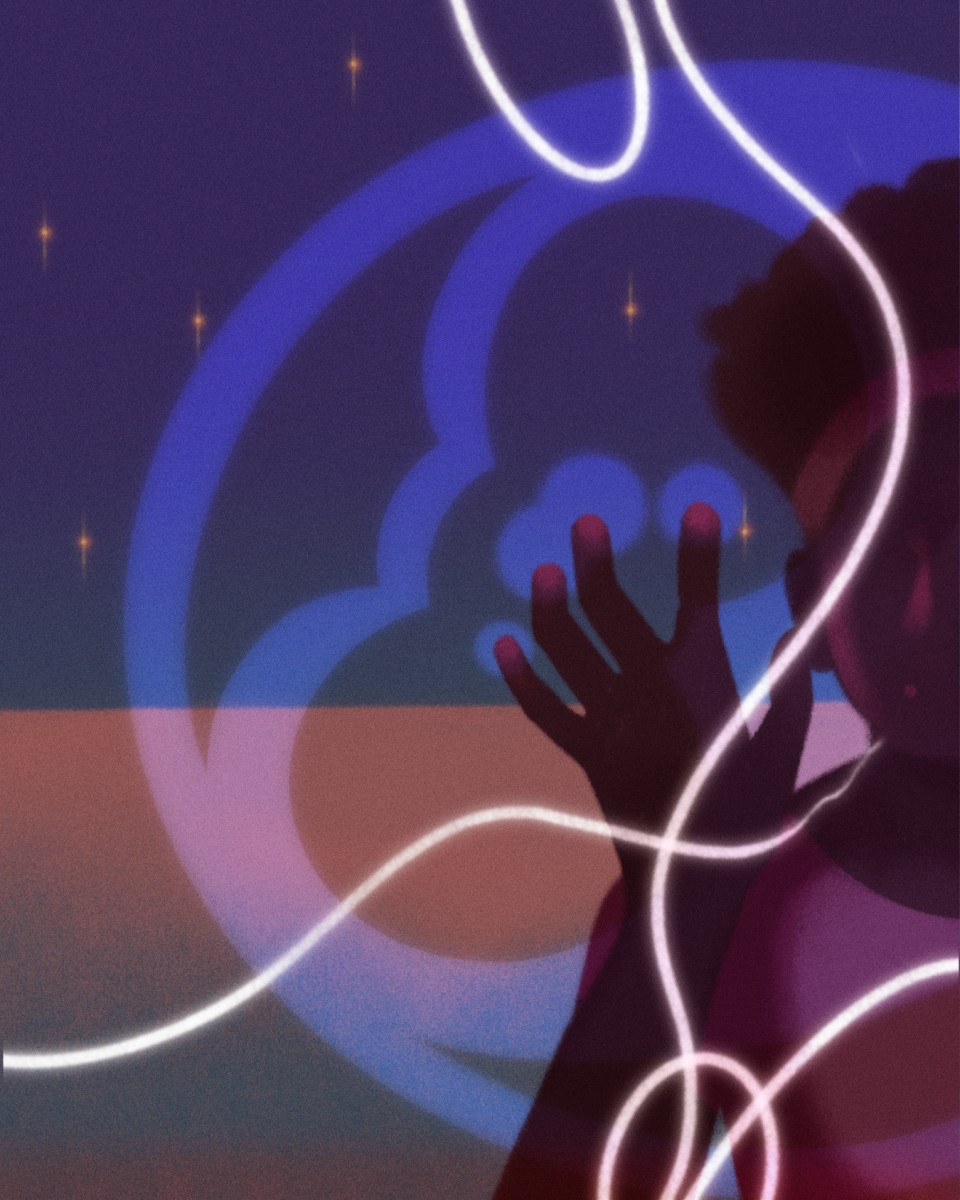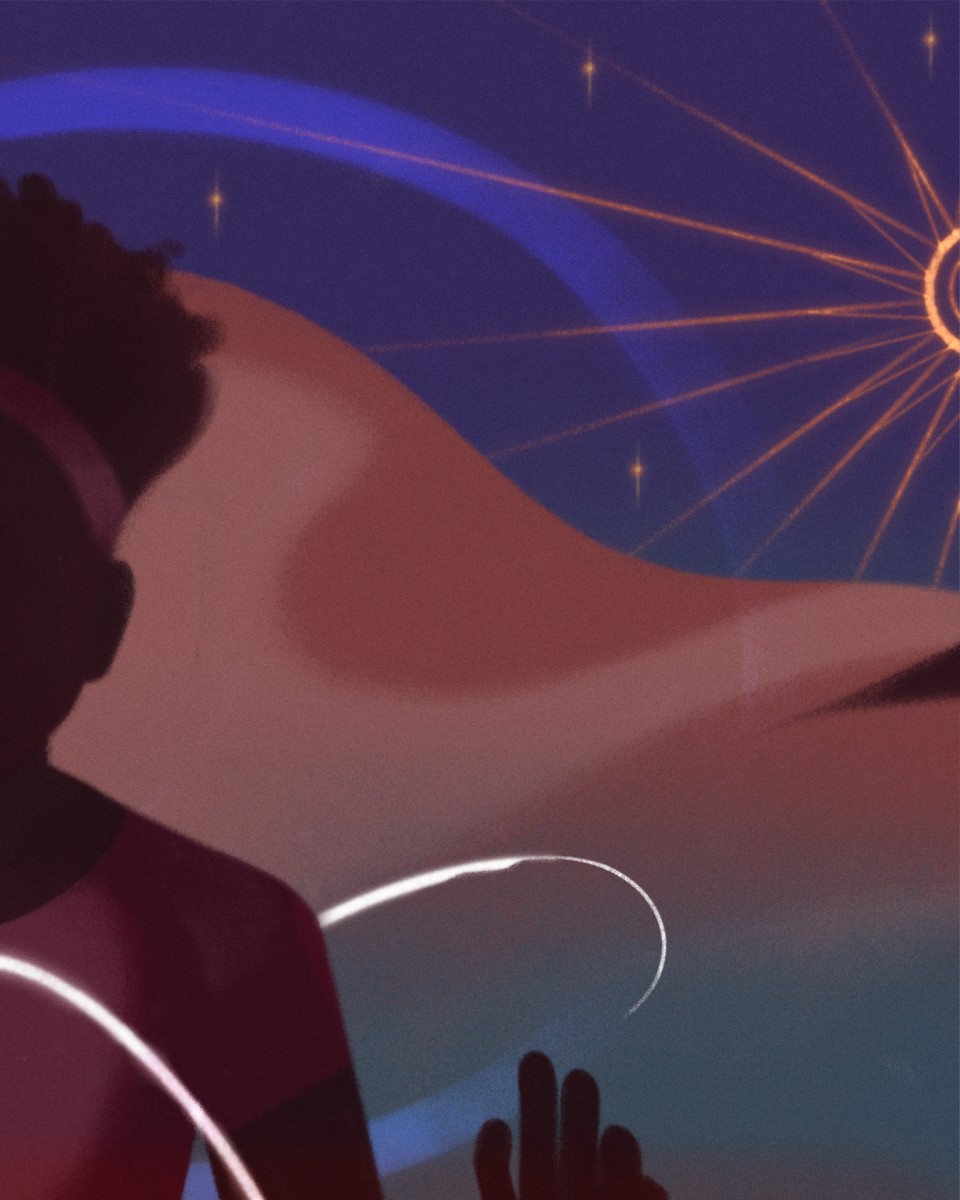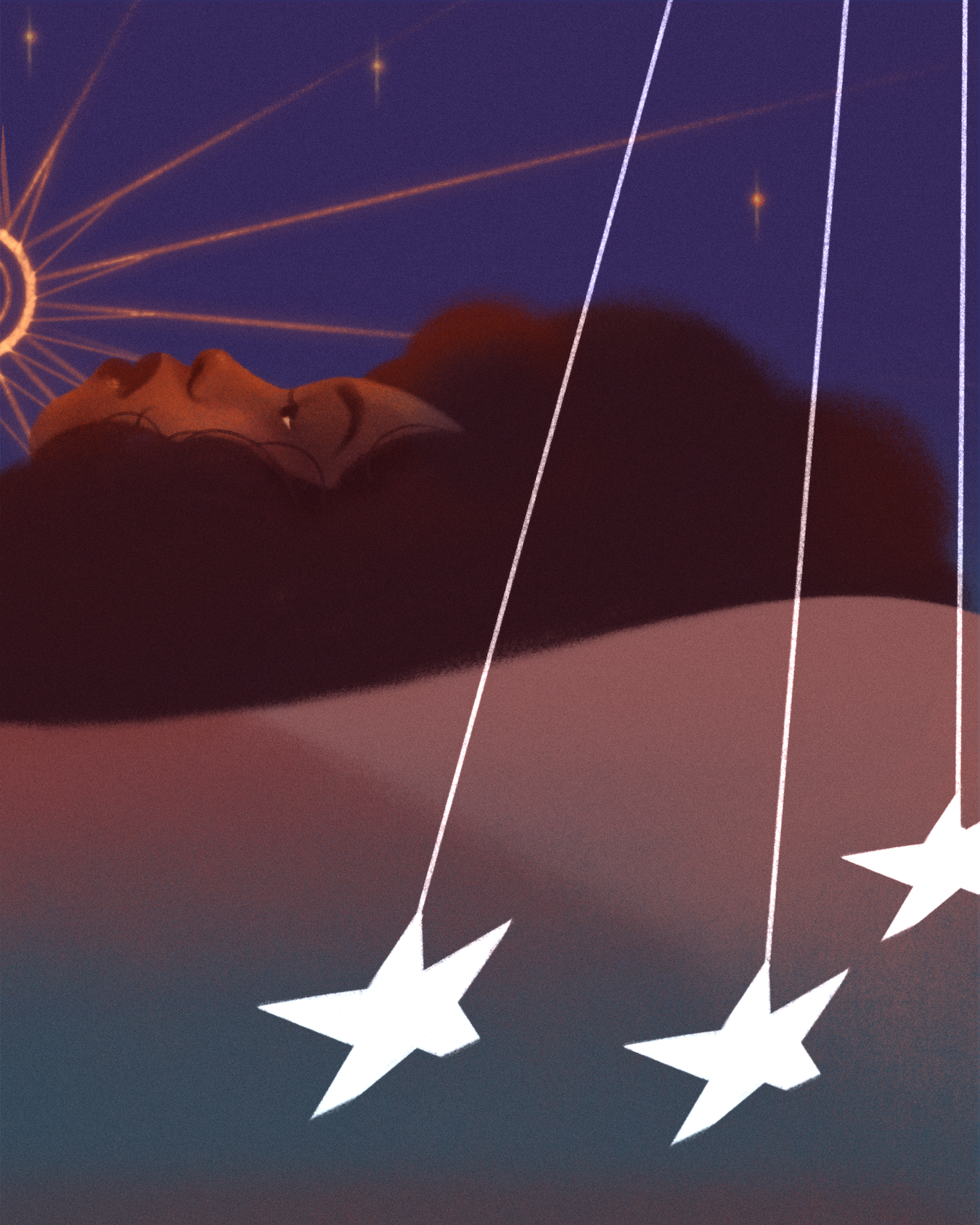AY: I was searching for critiques of Afrofuturism, and they are very few and far between. In this blog post from Active Voice, there is a reference to a comment from Greg Tate: “What isn’t futurist about being Black in America?” One of the critiques about Afrofuturism is that conversation needs to be expanded beyond being Black in America. I remember Nnedi Okorafor writing about African futurism and why it was necessary, because Afrofuturism does not encompass the continent or perhaps even other parts of the Diaspora outside of the US.
IA: I was hoping we would talk about: where is the Africa in Afrofuturism? I thought this quote from the Active Voice blog was really spot on where the person says, “It would be even more interesting for people to emerge from within the culture(s), that is, African cultures, be it in the West or on the continent, who have the mindset to invent Google Glass.”
Of course, we’re all in the arts, and we know deeply the value of the arts, but why is there not also this level of scientific rigor associated with it? Sometimes these frameworks feel like, Why don’t we bring together this rich teeming visual Afrofuturism and celebrate it?—whatever that means, as opposed to seeing Afrofuturism as a really intellectually serious endeavor.
KR: The part I’m interested in is, so Tate’s twist in the tale promises to open up a meaningful philosophical platform for defining and understanding the idea of an Afrofuturism, one that isn’t about “I’m interested in using gadgets and looking weird, so I’m an Afrofuturist,” but broaches the comprehensive philosphere of a culture that survives on dreams. I thought that was really impactful, because it goes back to this idea of a collective longing or yearning for another reality that is different from the one that we’re in.
IA: To the point about what isn’t futurist about being Black in America, if we really wanted to grapple with that question, we might have to come to terms with how slavery was a technology that produced Blackness as a certain type of alien. And it’s easier to sell us these images that are loosely based on Black past but focus more on telling stories set in the future that don’t confront the ugly parts of that past, the parts produced by slavery, colonialism, capitalism, etc.
AY: Is that why there is institutional interest in it? Ifeanyi, you wrote about the Afrofuturist period room at the Met. Do you think it was attempting to do some of that heavier intellectual work?
IA: It’s an example of a project that’s looking back at the past, and I think it’s productive to look at a very specific historical event, the erasure of Seneca Village in New York. The period room asks: what if things had been different? What if this erasure had not taken place? What if these inhabitants did have a future? In other words, what if they existed in our present? But I struggle with these big institutional Afrofuturist shows and the question of how much intellectual work is being done through the curating of the show.
AY: The recent exhibition at the Hayward Gallery In the Black Fantastic (2022) has a very carefully worded curatorial concept—not specifically an Afrofuturistic one, but it certainly draws on it. In that sense, it avoided some of the critiques that we’ve been discussing today. I enjoyed the show, and it was very beautiful, but I don’t think that it was trying to do this intellectual work that the Met was attempting, even if clumsily so. It felt quite superficial.
I’m really interested in the possibilities and the artists who are doing interesting things working with the idea of the Black future. One of my favorites artists from In the Black Fantastic was Rashaad Newsome. His work draws so much on existing Black queer culture and ballroom culture. I felt that it actually did the job of answering the question: how do you radically reimagine Black life within our current reality, rather than being somewhere outside of it? Are there any artists that you think are doing this successfully?
KR: Sondra Perry. She’s one who has, I think, managed to dodge the Afrofuturist label quite successfully. Even though her work centers technology and Black identity and how it helped to relate to each other, it’s the reality of it that I think probably keeps her out of that box, because it’s not glamorous. A lot of the work is quite violent and visceral, even though it deals with these abstract notions of digital space. . . .
In her show Typhoon Coming On at the Serpentine Gallery in 2018, she transformed the walls into a 3D rendering of an ocean, but it was this absurd purple color. It plays with this idea of taking from the past in a way, which is J. M. W. Turner’s paint depictions of slaves being thrown overboard a ship, but being very much in the present and projecting to a future by using technology in a way that hadn’t seen before at that time.
IA: Someone who came up was Jeremy Toussaint-Baptiste, who’s a sound artist, which is interesting because we were talking about how so many of the artists considered Afrofuturist are musicians. Their work has a lot to do with the low-frequency hum that you can produce with bass, and talking about the sociality of that hum and music that builds on that frequency. It relates to what we’ve been talking about, about that hum being the sound of the everyday, and fills this lack of mundanity that we’ve been talking about for futurism.
AY: I’m interested in why these institutions, the Hayward and the Met, have put on these shows at this current moment, almost ten years after The Shadows Took Shape. I feel like the conversation hasn’t progressed very far in those ten years or so since. I wonder if Afrofuturism is just a bit dated.
KR: You have to start putting some demarcation somewhere. What constitutes the future? 2020 was the extraterrestrial future in science fiction novels from the ’70s. We’re there now, so that projection starts to feel dated, especially if we’re thinking about these very defined figureheads such as Sun Ra. If it’s not dated now, if not on the absolute verge of total oversaturation, when will it become dated? Are we perpetually in the future?
IA: It does feel dated. I think that might be part of why I have never really felt like it was for me. I was surprised to see the Met period room framed as an Afrofuturist project, because I thought, oh, I thought that we kind of had our modern day Afrofuturist moment, and that’s kind of done now. So what is the impetus to discuss Afrofuturism again or frame this exhibition installation as Afrofuturist now?
AY: I don’t know about the Met, but I can’t think of the last time Hayward had an exhibition of Black artists. But post-2020, it seems like a lot of institutions decided to put on a show, and I think Afrofuturism is a safe bet. It has this facade of, to use a phrase that Kareem said earlier, the promise of liberation without actually taking any risks that might actually lead to liberation. Not that I expect a museum or gallery to lead to liberation, but maybe to point us in the direction somewhat. This wasn’t it, though.
IA: That makes me wonder if the Met, for example, had really sought out to put out a show that could lead us to liberation, who would those artists be? It’s interesting to think that in a post–George Floyd moment, this is the show that the museum decided to put on. Was there any thought to respond to these urgent and very present issues and platform artists who may have been grappling with these very urgent questions of liberation?
AY: I also have questions about the celebratory aspect. I feel like celebrate is a word that is frequently used in association with Blackness in the public eye. We want to celebrate Black culture and Black history and Black people’s achievements. We’re looking for a celebratory moment. Like Kareem said, the glamour is respite from the bleakness, and maybe the celebration is also, but actually it’s not enough.
KR: It isn’t. I agree. It is the language of capitalism at this point—celebration, especially in relation to Blackness.
IA: Part of the discomfort with that word is what does that celebration obscure? What does that celebration happen in place of? I feel like it’s always celebrating the enslaved people’s imagination, but very rarely is it, Let’s turn the spotlight on who was enacting violence.
There’s so much that’s unexplored there. The Met period room had one program called “a Daylong Celebration of the Afrofuturist Period Room.” It was a celebration instead of an exploration for people who may have wanted to really investigate and theorize the practices.
AY: Is there anything that either of you would like to see as far as Black futurism?
KR: As it stands, Afrofuturism is too broad to be useful right now. It’s made me quite cynical and tired of this constant striving for futurity, and this idea of the future being this utopian place. There are still parts of it I still find quite interesting, like the secrecy of our futurism. This idea of it being a secret Black technology is still quite alluring to me.
IA: I would like to see less of a focus on the body, to try to think beyond the figurative. It would be really interesting if Afrofuturist artists or projects could think about how else can we signify Blackness in the future outside of the body or representations of the body. Also, I would like to see more of a queer politic in Afrofuturism. I would love for these binary categories of gender and heterosexual and nuclear social arrangements to be expanded, and more mundanity, like we’ve been saying. I would love an Afrofuturist text that positioned Black people in the future but just had us being regular, as you were saying before, Aurella.
KR: What about you, what would you like to see?
AY: I’m waiting to be surprised, and I think that’s the thing about Afrofuturism. It has this promise that it doesn’t fulfill, and I’m waiting for something that is going to actually take me by surprise.



